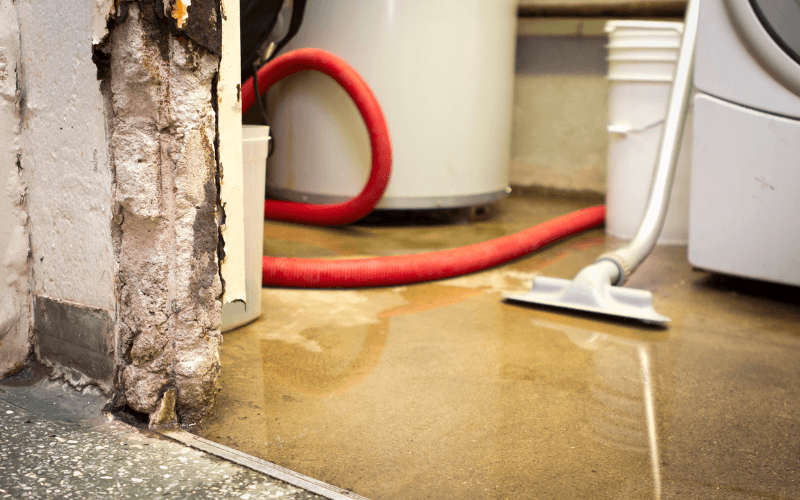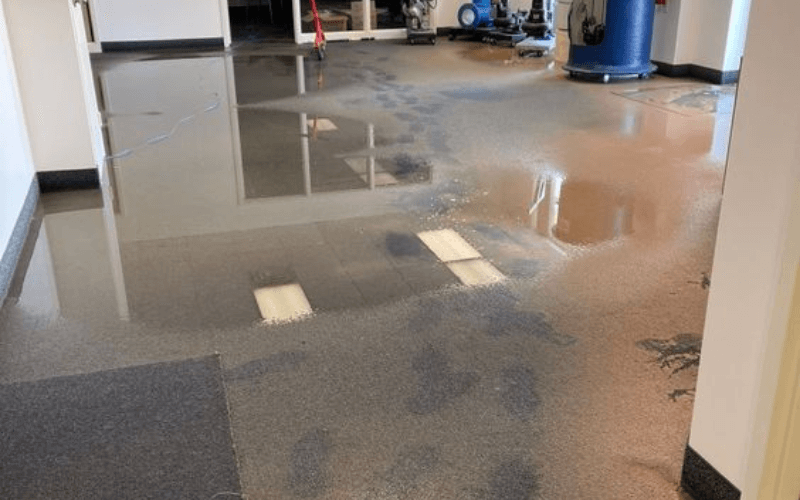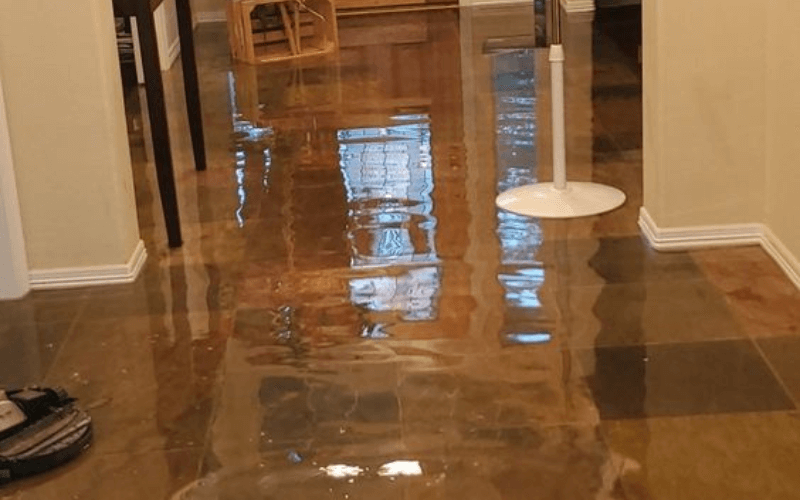Water damage can lead to serious issues like mold growth, posing health risks such as infections. Preventing mold after such damage is crucial for maintaining a safe and healthy environment.
In this blog, let’s discuss effective steps to prevent mold after water damage by quickly addressing the damage. Before we begin, let us first understand how water damage can catalyze mold growth.
How Can Water Damage Lead To Mold Growth?
Water damage creates ideal conditions for mold growth by providing moisture and organic materials like wood or drywall for mold to thrive. When water seeps into a structure, if not promptly dried and treated, it promotes mold spore germination and colonization. Mold can spread rapidly within 24-48 hours of water exposure, exacerbating damage and posing health risks.
The presence of mold in damp, humid environments can cause respiratory problems, allergic reactions, and other health issues. Therefore, swift and thorough mitigation of water damage is essential to prevent mold growth and safeguard indoor air quality and resident health.
5 Steps To Prevent Mold After Water Damage
1. Act Quickly & Remove Standing Water
Time is crucial. Begin by promptly removing standing water using pumps, wet/dry vacuums, or towels. The faster you eliminate excess water, the less opportunity mold has to take hold and spread.
2. Remove Damaged Surfaces & Items
Discard porous materials like carpets, insulation, and fabrics that cannot be thoroughly dried or cleaned. Mold can easily grow within these materials, even after apparent drying, posing a continued risk.
3. Dry, Wet Floors And Furniture
Thoroughly dry all affected surfaces, including floors, walls, and furniture. Use fans to increase airflow and accelerate drying. Pay special attention to hidden or hard-to-reach areas where moisture can linger.
4. Use A Dehumidifier To Minimize Moisture
Maintain low humidity levels (below 60%) with dehumidifiers. These devices extract excess moisture from the air, reducing the conditions favorable for mold growth. Monitor and adjust settings as needed to ensure effectiveness.
5. Disinfect The Entire Space
After drying, disinfect all surfaces and materials to kill any remaining mold spores and prevent regrowth. Use appropriate disinfectants and follow the manufacturer’s instructions for effective treatment. This final step helps ensure a clean and safe environment post-water damage.
How Can Professional Water Damage Restoration Help?
Taking preventive measures like removing standing water, surfaces, and items and drying the area can help prevent mold after water damage. However, water damage can also lead to physical and emotional distress. So, apart from doing it yourself, we recommend choosing the right professional water damage restoration services to handle these critical tasks efficiently.
At Integrity Cleaning & Restoration, we understand the overwhelming nature of water damage and its potential for mold growth. Our expert team utilizes advanced tools and techniques for thorough water damage restoration and mold restoration. We not only clean and disinfect affected areas but also minimize the health risks associated with mold. If you’re facing such challenges, reaching out to us for assistance is a wise decision.
FAQs
Q.1 How likely is mold after water damage?
⇒ Mold can start growing within 24-48 hours of water exposure if conditions are favorable (moisture, organic material). Acting swiftly to dry affected areas reduces the chances significantly.
Q.2 How to get rid of mold caused by water damage?
⇒ Remove moldy materials, clean surfaces with mold-killing solutions (e.g., bleach or vinegar), ensure thorough drying, and fix the moisture source to prevent regrowth.
Q.3 Can mold go away permanently?
⇒ Mold can be removed, but it may return if conditions remain conducive (moisture, organic matter). Regular maintenance and addressing moisture issues are crucial for long-term prevention.
Q.4 How quickly can mold grow from water damage?
⇒ Mold can begin to grow within 24-48 hours after water exposure if moisture levels are high enough and organic materials are present, such as drywall, wood, or carpet.



